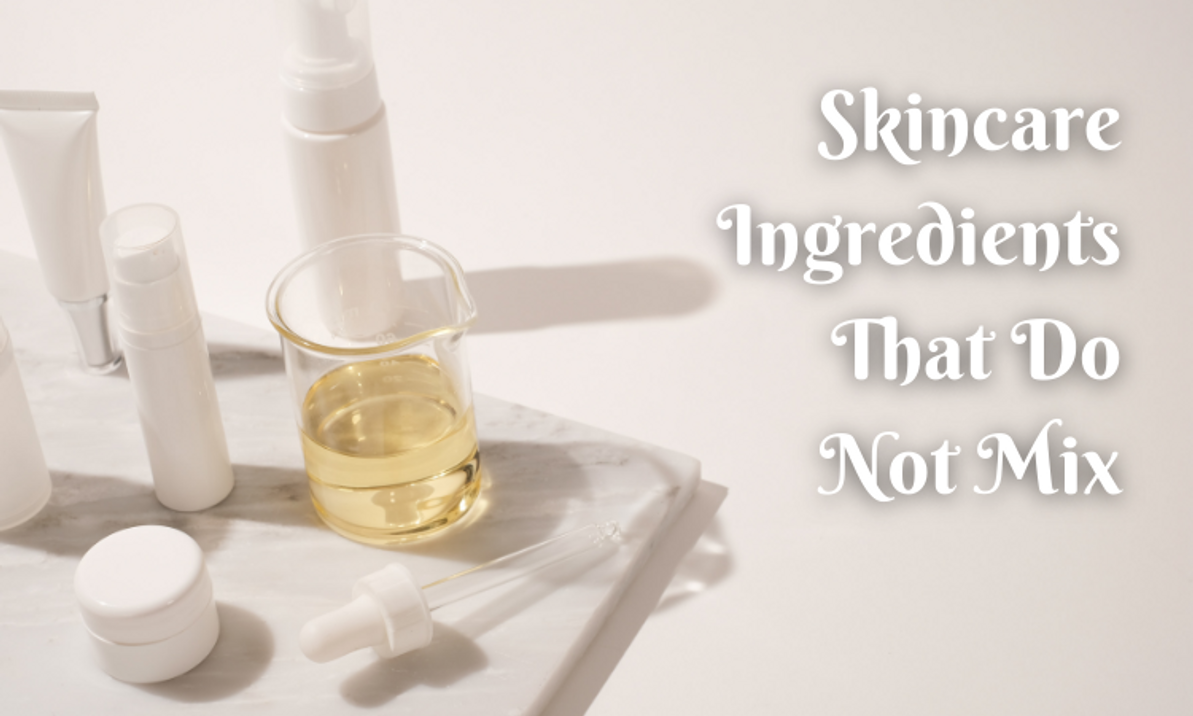Skincare Ingredients That Do Not Mix
Imagine this: You walk into your local cosmetics store and buy a new product, excited to add it to your routine based on the claims on the bottle. Then, you see someone on Instagram talking about how a particular product changed their skin for the better, and you order it. Some of these products may be good, but do they work into your current routine? Some ingredients in products don't play nicely together. Components that shouldn't be layered are challenging to keep stable in a formula, increase the risk of irritation, or cancel each other out when combined. With some know-how, you can streamline your routine to ensure all the components work for you and get you closer to your good-skin goals. However, there are scenarios where extra caution is in order:
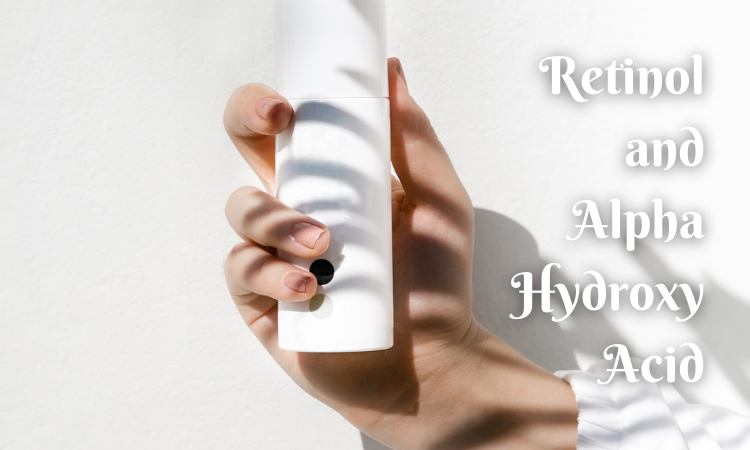
Retinol and Alpha Hydroxy Acid
Retinol, retinoids, and alpha-hydroxy acids, like glycolic acid, are a dermatologist's go-to for anti-aging. They speed cell turnover and increase collagen production for glowy, delicate line-free skin. But in this case, more is not better. Since they both exfoliate the outer layer of skin, they create potentially irritating side effects, especially in combination. When skin is irritated, you're less likely to stick to the routine. The good news is you don't have to choose one or the other. Instead, use these topicals on alternate days (AHA on Monday, retinoid on Tuesday, and so on).
Retinol and Benzoyl Peroxide
Retinoids are anti-aging, but they're also a powerful force in clearing acne, as they exfoliate the skin to prevent plugged pores. As a result, you may be curious to use both a retinoid and benzoyl peroxide. Think twice before you do that. Benzoyl peroxide may deactivate the retinoid molecule, and your good acne-fighting intentions can backfire. However, past research has pointed out that newer formulations of the retinoid tretinoin stay stable with benzoyl peroxide. If you must use both, consider using benzoyl peroxide in the morning and your retinol at night.
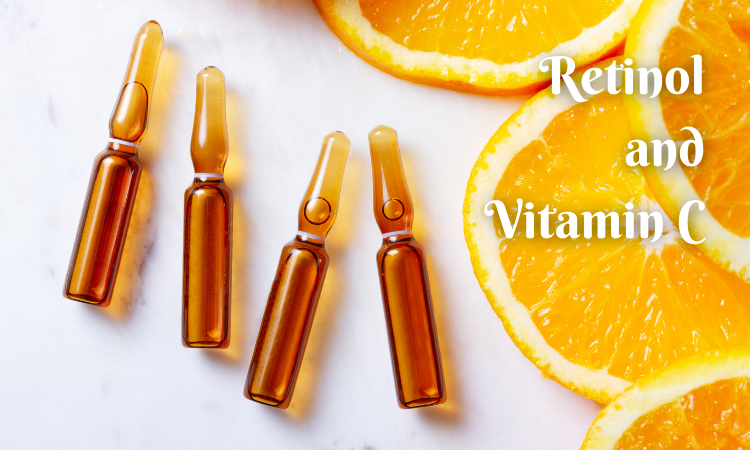
Retinol and Vitamin C
Use retinoids wisely. Vitamin C is a harsh ingredient to formulate because it's most effective in an acidic pH. Retinol works at a higher (more alkaline) pH. So using them together won't work optimally. The life hack is to use both at times they were intended. Retinol works best when applied at night (it makes skin more photosensitive, increasing the chances of sun damage.) Vitamin C works best in the daytime/morning because it's an antioxidant that protects against the environmental stressors of the day, like the skin-damaging effects of pollution and UV rays.
Retinol and Salicylic Acid
It's very typical to have mature skin with acne, too. To reduce the appearance of wrinkles, you've probably been told to use a retinoid (that is okay.) To fight against acne, you may also use salicylic acid, a beta-hydroxy acid that increases skin cell turnover, to clear pores. But retinol, on its own, can dry out the skin, so together, both retinol and salicylic acid should be combined with caution. The risk you take is over drying, which can lead to irritation and make the situation worse. In addition, the skin will ramp up oil production and compensate for overly dry skin creating a vicious cycle of dryness and acne. Use salicylic in the morning and the retinoid at night if you need to use both.
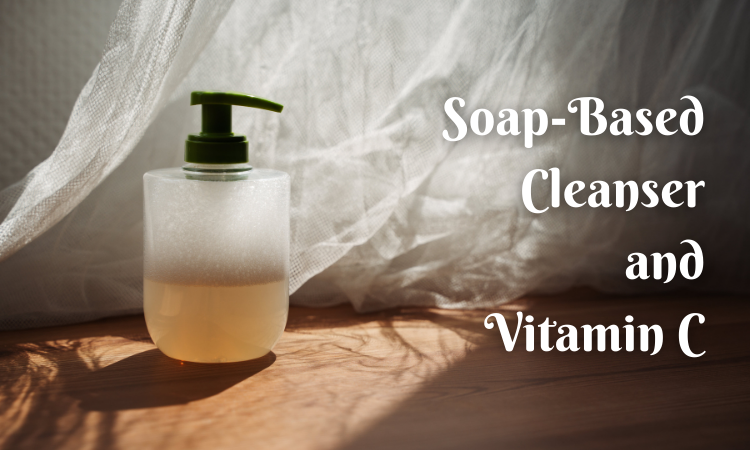
Soap-Based Cleanser and Vitamin C
Vitamin C is intended to be a morning product. That being said, what you cleanse with beforehand matters. Vitamin C works best when formulated with a low pH, though using a soap-based cleanser, which has a high pH, will ultimately decrease the skin's ability to absorb any vitamin C. If you use both, not only are you missing out on protection from free radicals that ages skin, but well-formulated vitamin C products are expensive too. Therefore, it is in your best interest to get your skin's and your money's worth by washing your face with a salicylic- or glycolic-based cleanser before using any vitamin C.
Niacinamide and Vitamin C
Even though they're both antioxidants, vitamin C is one ingredient that's not compatible with niacinamide. Both are prevalent antioxidants used in various skin care products, but you should not use niacinamide and vitamin C right after the other. Their potency is significantly lessened when used together unless the application is spaced by at least 10 minutes between each serum.
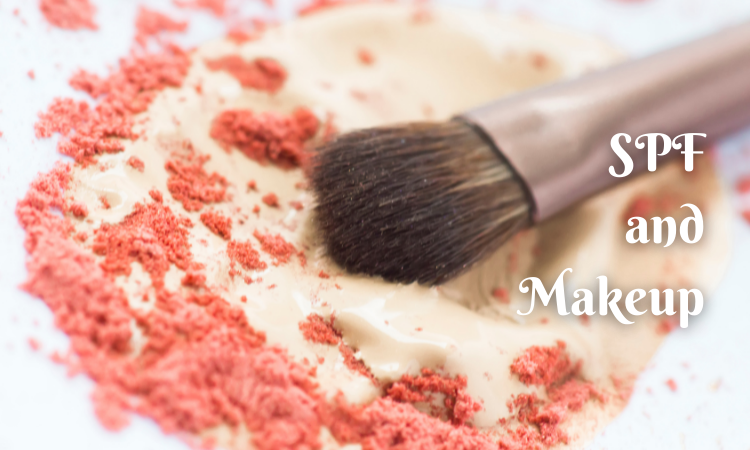
SPF and Makeup or Moisturizer
SPF sometimes feels like an extra step in an already extensive skincare routine, but don't try to take shortcuts. For example, don't mix your sunscreen with your makeup or moisturizer and apply as is — sunscreen should be used as a single layer to preserve the protection factors.
Oil Based and Water Based Products
Oil and water don't mix. Oil repels water, so using an oil-based product will leave a film on your skin that prevents water-based formulas from absorbing it when it comes to skincare products. If you want to use both formulas simultaneously, apply your water-based products first and then oil-based products.
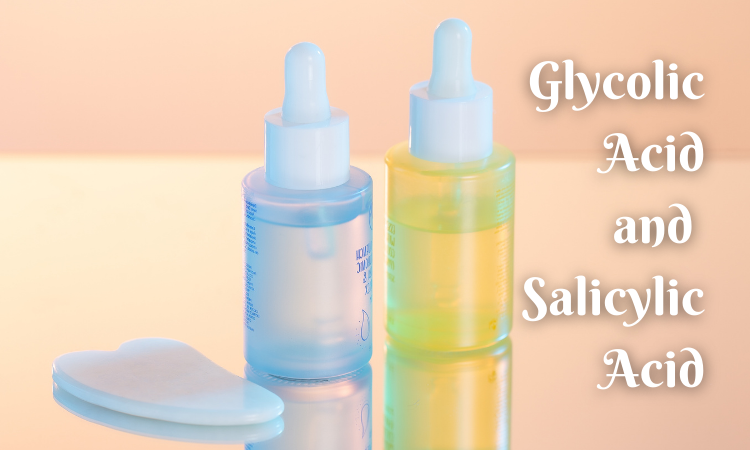
Glycolic Acid and Salicylic Acid
Both ingredients work to remove dead skin cells from the upper layers of your skin, but once again, more of one component is not always better. For example, glycolic acid and salicylic acid are effective ingredients when used separately, but mixing the two yourself could cause a significant reaction and compromise your skin barrier, leading to a painful, red, irritated face.
Niacinamide and AHAs/BHAs
Niacinamide and AHAs/BHAs help to improve skin texture, pigmentation, acne, and signs of aging. But unfortunately, mixing or layering these ingredients won't have any benefits because acids have a low pH of around 3-4, whereas niacinamide has a higher pH of about 5-7. If you combine them, the niacinamide will raise the pH of the acid. Meaning it's less effective and won't absorb well. If you use this combo, it may also cause redness and flushing.
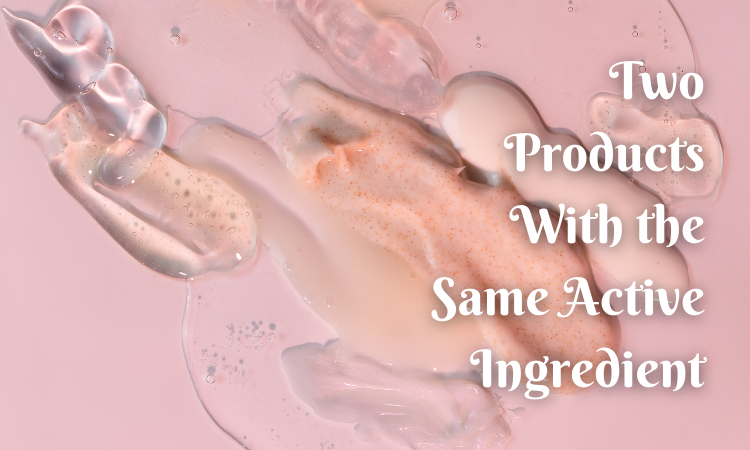
Two Products With the Same Active Ingredients
There's hardly any reason to use multiple forms of the same ingredient. For example: using two benzoyl peroxide products for acne. Another example is using a glycolic acid mask and applying a cream containing mandelic acid, as both are AHAs. Inflammation is a sign that the skin barrier is disrupted, which only boosts the likelihood of suffering side effects from active ingredients. Of course, there is an exception: if you do this without incident (your skin does not get red and stingy after using two AHA-containing products) — and you're getting the skin results you're looking for, you can continue. However, this type of combination will be too harsh for most people. Bottom line: If you're experiencing side effects (redness, burning, flaking) or not getting the results you want, there may be something wrong with how you're layering your topicals. Talk to your esthetician, who can help you build a regimen that works and makes your skin feel great.
Have We Missed Anything?
- We Would Like To Hear From You!
- Which Advice Did You Find Valuable Today?
- Let us Know Down Below in the Comment, Review Section!
- Visit Skin-Beauty.com for more blogs, and beauty products!
Recent Posts
-
Peptides For Skin: Exploring the Anti-Aging Benefits of Peptides in Skincare
Exploring the Anti-Aging Benefits of Peptides in Skincare In the universe of advanced skincare, th …Apr 25th 2024 -
Discover the Perfect Glasses & Styles to Enhance Your Rectangle Face Shape!
Your face shape plays a significant role in determining the most flattering hairstyles and makeup te …Apr 17th 2024 -
Moroccanoil Treatment for Hair: The Ultimate Guide
Moroccanoil Treatment for Hair: The Ultimate Guide In the world of hair care, few products have …Apr 1st 2024

